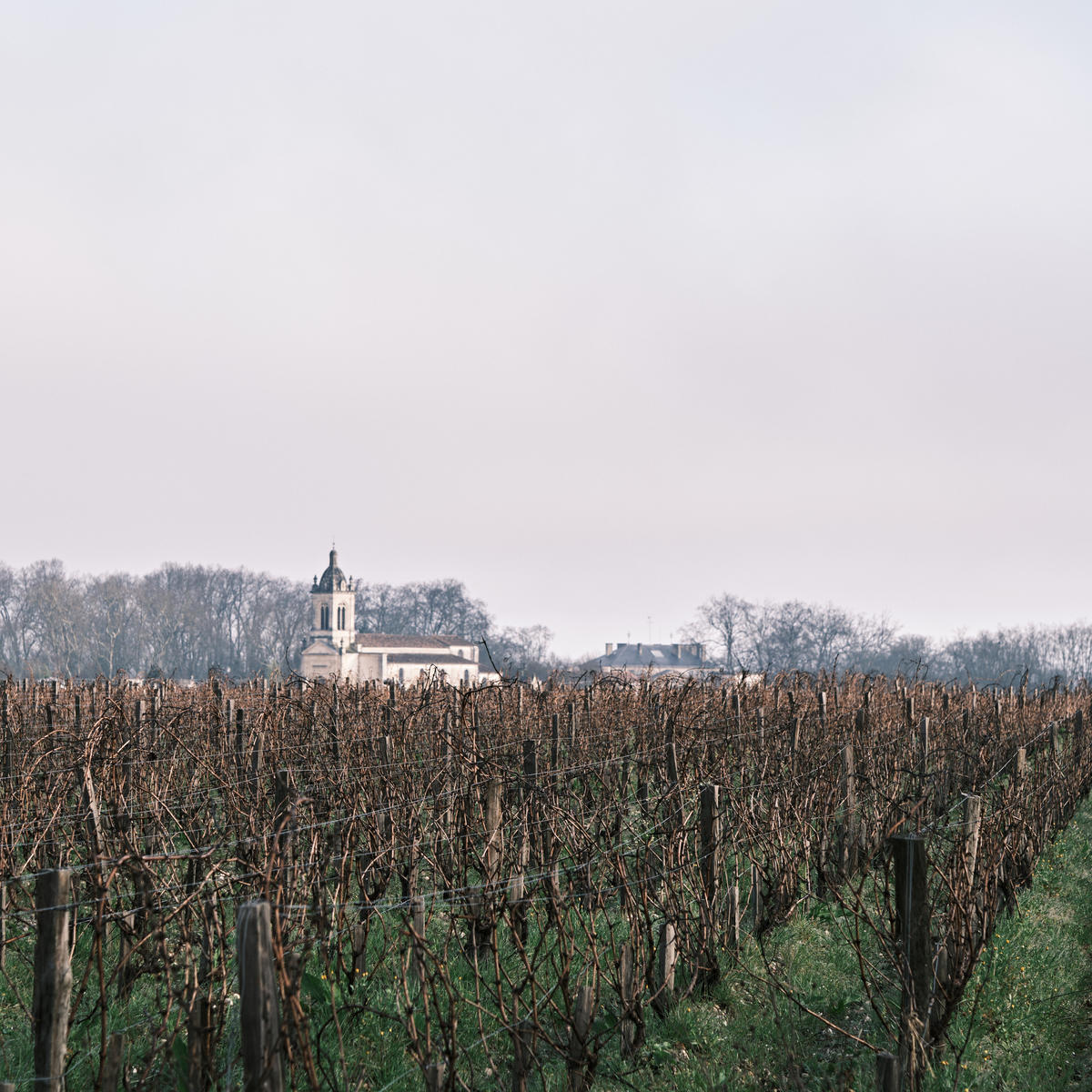Bordeaux 2021: Margaux and Pauillac
Author: Mark Pardoe MW

Our team’s penultimate day tasting Bordeaux 2021 En Primeur takes them to some of the Left Bank’s top names. Here, Mark Pardoe MW reports on highlights from Margaux and Pauillac, where there have been some outstanding wines on show.
The pieces of the 2021 jigsaw are starting to fall into place. Based on what we had learned so far on the trip, the Thursday morning spent in Margaux might have been expected to have been a challenging one. The commune’s lighter gravels and sandier soils often mean that there is significant variation in quality and style.
To date, we had found much pleasure in the elegant, fine-grained tannins and silky red fruit in the best wines of the Left Bank. These worked best when the fruit and tannin achieved a consistent, if gentle, intensity from the tip of the tongue to the end of the finish, avoiding any mid-palate dip.
These could be said to fill the palate horizontally, but we had yet to find wines in the Médoc that lifted their flavours to fill the mouth completely: horizontally and vertically. But by lunchtime at Château Palmer, we had tasted some of the very best wines of the trip.
2021 Margaux
After a pleasing and reassuring performance from Château du Tertre, matters moved up a notch at Château Giscours. Here, recent strides in vineyard analysis have helped to make a wine of sizzling energy, with much more precision than before. Château d’Issan was also showing more complexity, benefiting from the seven hectares of vines bought at the start of lockdown. This has brought Cabernet Franc, Petit Verdot and Malbec to the blend.
Matters moved up another gear at Château Brane-Cantenac. Henri Lurton’s thoughtful wine had much more texture than expected. (Although it had also been a highlight of our négociant tasting.)
So by the time we got to Château Margaux, the trajectory was set. And here was a wine that satisfied every aspect and expectation; powerful yet elegant, balanced and complex. At Palmer, the puzzle was unlocked. Despite all the challenges with Merlot on the Left Bank in ’21, and the move at most addresses to use more Cabernet Sauvignon, Thomas Duroux’s wine retains its Merlot majority, delivering ineffable subtlety and silkiness. And the reason it is such a success? Simply great terroir for both Cabernet Sauvignon and Merlot, says Thomas.
Les grands terroirs
Earlier in the week, a highly respected source told us that ’21 was a vintage “pour les grands terroirs”. But in truth, there are great vineyards and really great vineyards. In the latter, as Margaux and Palmer showed, ’21 can reach the heights. With the freshness delivered by this “oceanic” vintage of a cooler summer and long maturation allied to the potential of the greatest sites, this vintage can be considered outstanding at the very best châteaux.
But the key is for the other estates to understand the potential of their own terroir and express it accordingly. All of them on the Left Bank enjoy the gravel terraces and so have good terroirs; only a handful have great ones. Those that don’t needed to adapt the expression of the vintage accordingly, either by their choice of grape varieties or their methods of handling the fruit in the winery.
Without the power delivered by the preceding trio of vintages, ’21 has had to be coaxed from within the parameters of each terroir’s potential. The confidence to have an elegant and ethereal wine at one address is just as relevant an expression as the complexity of the finest.
Revisiting Pauillac
Our afternoon visits in Pauillac served to finally confirm our thoughts. We started at Châteaux Pichon Baron and Pichon Comtesse, continued via Latour and Lafite Rothschild and ended at Léoville Las Cases, just over the St Julien border.
In this group were some wines as complex and satisfying as we could have hoped. Nature did intervene cruelly at Pichon Comtesse, however. The estate, on the road to organic certification, was unable to prevent mildew from taking a large proportion of the crop.
Jean Garandeau at Latour summed up the importance of their great terroir. During the growing season, he said, it was like the vineyard was enduring the Plagues of Egypt. But once the fruit was in, it was a Zen-like vinification. The terroir had triumphed.
The day also afforded a short retrospective. At Château Rauzan-Ségla, where we were to taste an impressive Margaux, we were again able to taste Châteaux Berliquet and Canon from St Emilion. All three estates are under the same ownership and management. It was very pleasing and reassuring, to have our Right Bank enthusiasms endorsed once again.


